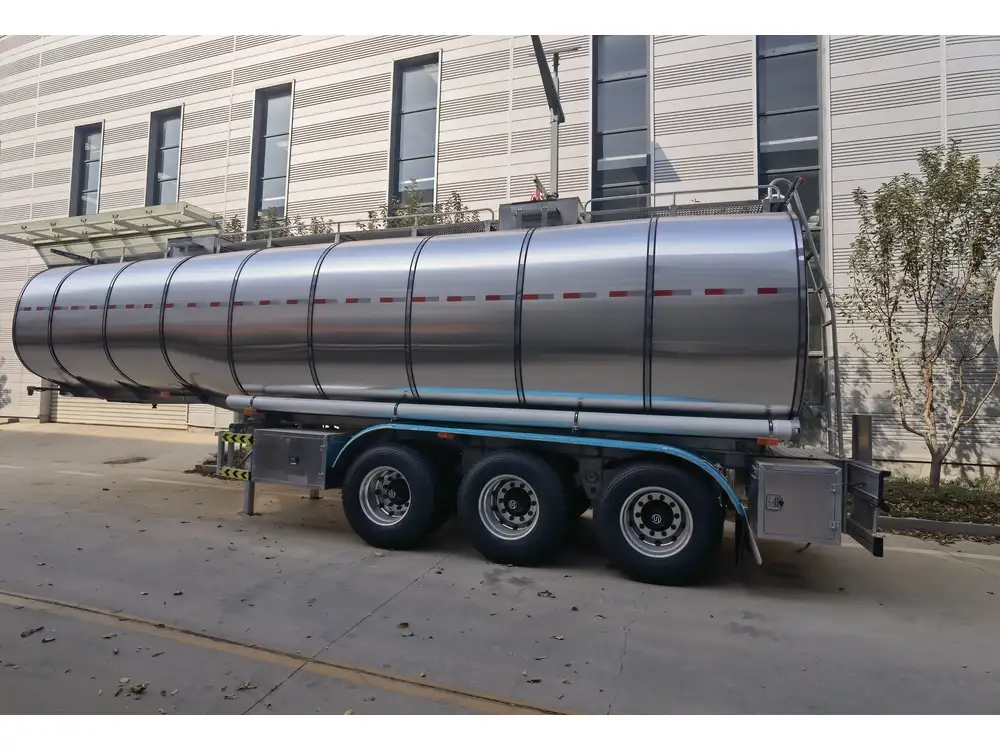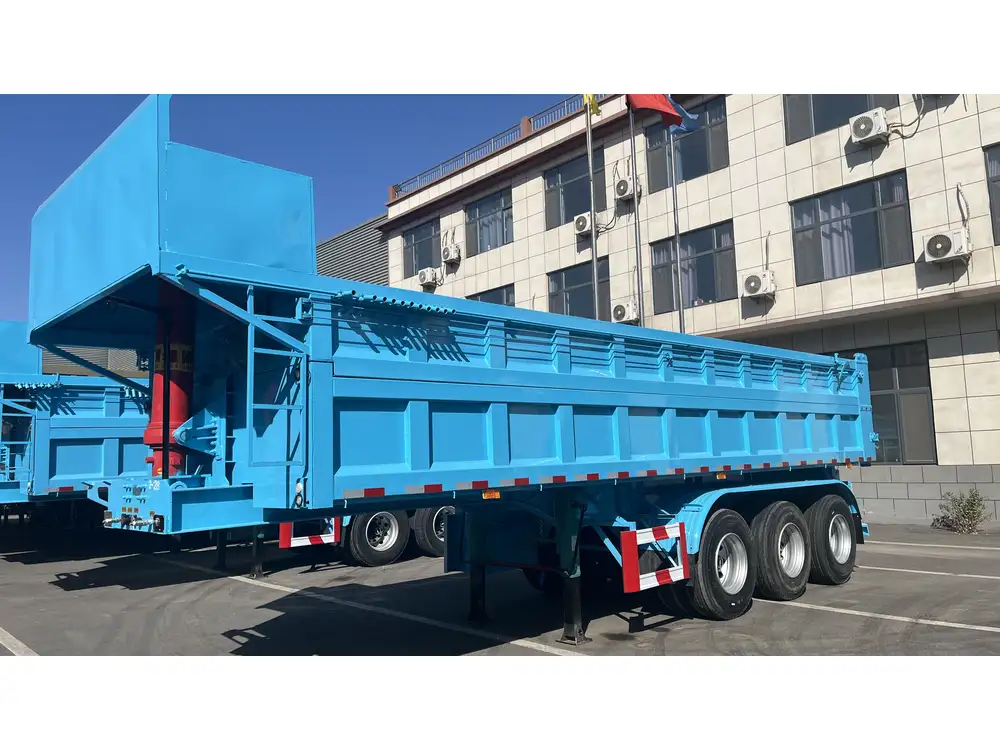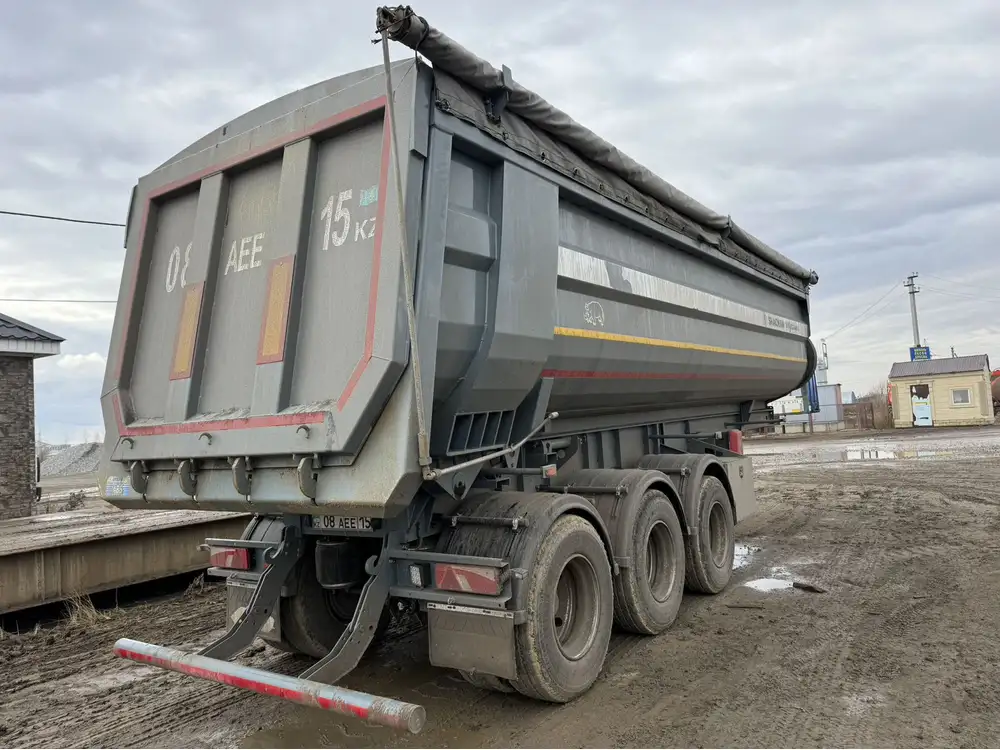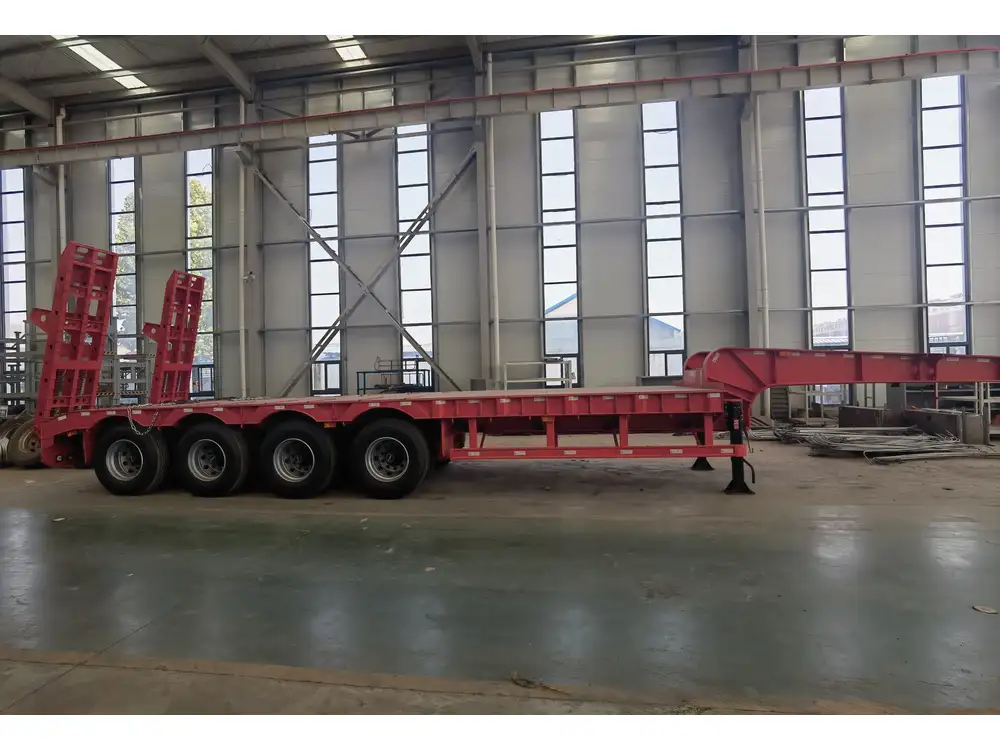When it comes to the transportation industry, the dimensions of semi-trailers are not merely a matter of preference; they are bound by legal regulations. Understanding the legal length of a semi-trailer is crucial for manufacturers, operators, and logistics professionals alike. In this detailed guide, we will explore the various factors that influence semi-trailer length regulations, the compliance requirements across different states, and the implications for transportation efficiency and safety.
The Basics of Semi-Trailer Length Regulations
Defining a Semi-Trailer
A semi-trailer is a non-motorized vehicle designed to be towed by a truck or tractor. It is integral to the freight transportation method and supports a variety of loads ranging from agricultural products to construction materials.

Federal vs. State Regulations
Transport regulations are governed both at the federal and state levels, leading to variations in semi-trailer lengths across the United States. Understanding these regulations is paramount, especially for companies operating across state lines.
| Regulatory Authority | Key Provisions |
|---|---|
| Federal Law | Maximum semi-trailer length is 53 feet for freight. |
| State Law | Varies; some states allow up to 57 feet or more. |
Legal Length Limits by Region
Federal Standards
Under the Surface Transportation Assistance Act, the federal maximum length for a semi-trailer is set at 53 feet. This measurement applies to the trailer itself and does not account for the length of the tractor. However, this is a baseline; states can impose stricter rules.

State Variability
| State | Legal Length Limit | Notes |
|---|---|---|
| California | 53 feet | Certain routes may have specific restrictions. |
| Texas | 59 feet | Allows certain semi-trailers to exceed federal limits. |
| Florida | 53 feet | Additional bridge laws may apply. |
| New York | 48 feet | Stringent rules for New York City. |
| Wyoming | 60 feet | Longer trailers permitted in rural areas. |
Factors Influencing Length Regulations
Intended Use of the Semi-Trailer
Different industries may necessitate varying trailer lengths based on the type of cargo being transported. For instance, flatbeds often accommodate larger loads compared to those suitable for enclosed trailers, potentially influencing legal length restrictions.

Local Infrastructure
State and local infrastructure can significantly impact semi-trailer length limits. States with urban settings may impose stricter regulations to mitigate traffic congestion and improve safety on narrow roads or bridges.
Safety Regulations
Safety is a top priority in transportation, and the length of a semi-trailer must not compromise maneuverability. A longer trailer can impact turning radius, necessitating regulations that ensure the vehicle remains manageable in various settings.
The Importance of Compliance

Consequences of Non-Compliance
Failure to adhere to legal length limits can lead to heavy penalties, including fines and citations. Furthermore, non-compliance may result in delayed shipments and increased costs, thereby hindering operational efficiency.
| Penalty Type | Description |
|---|---|
| Fines | Financial penalties vary by state and severity. |
| Cargo Delays | Non-compliance may lead to impediments in transportation. |
| License Issues | Repeated violations could jeopardize operating licenses. |
Ensuring Compliance
Companies can adopt various measures to ensure their semi-trailers meet legal length requirements:
- Regular Inspections: Periodically check trailer dimensions and ensure that they conform to both federal and state specifications.
- Staff Training: Educate drivers and logistics personnel on length regulations and the importance of adhering to them.
- Utilizing Technology: Implement GPS and telematics systems to monitor trailer dimensions in real time.
Comparing Trailer Types and Their Length Limitations
Understanding the differences between types of trailers is essential when considering length regulations. Below is a comparison of common semi-trailer types:
| Trailer Type | Typical Maximum Length | Common Uses |
|---|---|---|
| Standard Van | 53 feet | General freight, dry goods |
| Flatbed Trailer | 48-53 feet | Construction materials, heavy machinery |
| Refrigerated Trailer | 48-53 feet | Perishable goods |
| High Cube Trailer | Up to 57 feet | Larger loads in urban environments |

Future Trends in Semi-Trailer Length Regulations
Evolving Regulations
As the logistics industry adapts to new technologies and freight demands, it’s likely that regulations will evolve. Some lawmakers are even discussing the possibility of increasing length limits for specific trailers that utilize advanced safety features, paving the way for greater efficiency in freight transport.
Environmental Considerations
Sustainability is becoming an ever-increasing concern in the transportation industry. Longer trailers can lead to fewer trips needed for the same volume of cargo, potentially reducing overall emissions. This might prompt regulatory bodies to reassess current limits with sustainability in mind.

Conclusion: Navigating the Complexity of Semi-Trailer Length Regulations
In conclusion, understanding the legal length of semi-trailers is paramount for manufacturers, operators, and logistics professionals navigating a complex web of regulations. By staying informed about federal and state laws, the implications of intended use, and safety considerations, transportation companies can optimize their operations while adhering to the law.
In an environment where compliance is tightly monitored, being proactive about regulatory standards will set your operation apart. Whether you’re a manufacturer refining your trailer designs or an operator managing logistics, the insights provided in this comprehensive guide will empower you to make informed decisions that facilitate efficiency and compliance.
For further inquiries, additional resources, or to discuss specific situations regarding your semi-trailer operations, do not hesitate to contact a legal expert in transportation regulations or your local Department of Transportation.



